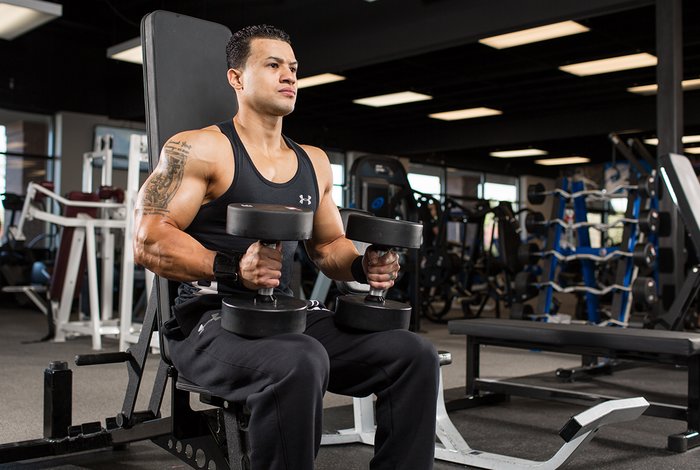

Statics is an isometric-based training that is highly popular in the world of calisthenics. You can train for either or both hypertrophy and endurance with weighted calisthenics. The National Strength and Conditioning Association suggests that training for endurance combines high repetition ranges with short rest periods to create high levels of metabolic stress usually with lighter loads to complete the prescribed number of repetitions.Īlthough this form of training is under ‘pure bodyweight’ training, the volume and recovery time also applies to those advanced athletes who can practice calisthenics with weights added on top. For example, this follow-along abs workout where you work for 45 seconds, followed by resting for 30 seconds. This is usually practiced via HITT circuit training.

This has been demonstrated to enhance both the acute anabolic response and long-term muscular adaptations.Īnd of course, if your goal is to develop muscular endurance, you should perform your workouts with over 12 reps for 3-5 sets with rest intervals between 20-60 seconds. A systematic review concluded that the use of longer interset rest duration (60 seconds or greater) allows training with a higher overall volume load.

In order to maximize hypertrophy, you should perform between 6-12 reps for 3-6 sets, while resting between 1-2 minutes in between sets. This method of training strictly uses only your bodyweight such as pull ups, push ups, dips, squats, and different bodyweight variations to either develop muscular hypertrophy or muscular endurance. This will give you more volume in your workouts since you are better rested.Ī 2018 study supports the claim that a 2-5 minutes interset rest interval may produce the greatest strength-power benefits, however, rest intervals may differ depending on your age, muscle fiber type, and genetics. When lifting heavy weights, your muscles will produce a larger force, which would require a longer time to recover to be able to repeat the movement with the same force. Examples of weighted calisthenics are weighted pull ups, and weighted push ups. In between these sets, you would rest between 2-5 minutes. In reps and sets, the most effective way to build strength through weighted calisthenics is to do a rep range that is less than 6 reps between 3-6 sets of heavyweight. The body responds by repairing damaged muscle fibers by fusing them, which increases the thickness and muscle. If your goal is to build muscle, you will need to continually place your muscles under a higher level of tension to create muscle damage and metabolic stress, that ‘pump’ feeling after doing an intense round of squats. Reps and Sets Calisthenics Weighted Calisthenics Athletes doing more physically demanding heavyweight training should rest longer, toward the upper limit of this range, whereas “freestyle” and pure bodyweight training merits rest times in the sub-minute range. Put simply, calisthenics athletes should rest anywhere between 20 seconds and 5 minutes between sets. Let’s dive further into each training method and determine the ideal rest time for you. Your rest will differ in each calisthenics category mentioned, and depend on whether you are training for muscle hypertrophy, strength, endurance, or power. This combines both statics and dynamics elements. Dynamics – this is also called freestyle calisthenics where athletes showcase their creativity via a flow of different skills in quick succession.Statics – also known as statics holds or isometric holds, where one remains in the same position under intense muscle contraction (think of human flag, planche, and front lever).It is split into two categories: pure bodyweight and weighted calisthenics. Reps and Sets – a training style that focuses on muscle growth using bodyweight exercises.Some athletes will need more rest time, whereas others need much less.īecause of that, we first need to identify different calisthenics training methods and styles that you are practicing: With that being said, the ideal amount of rest time in between sets will depend on what specific goal you’re training for. You can’t really categorize a calisthenics athlete as one specific “type” of athlete and, therefore, every calisthenics athlete’s goals, methods, and even rest times will be different. We all have our own styles, preferences, and types of training within the calisthenics discipline. When it comes to calisthenics training, not everyone’s methods are the same.


 0 kommentar(er)
0 kommentar(er)
